Health Care Coverage and Personal Health Care Expenditures in the U.S., 2011
Health Care Coverage and Personal Health Care Expenditures in the
The independent source for health policy research, polling, and news.
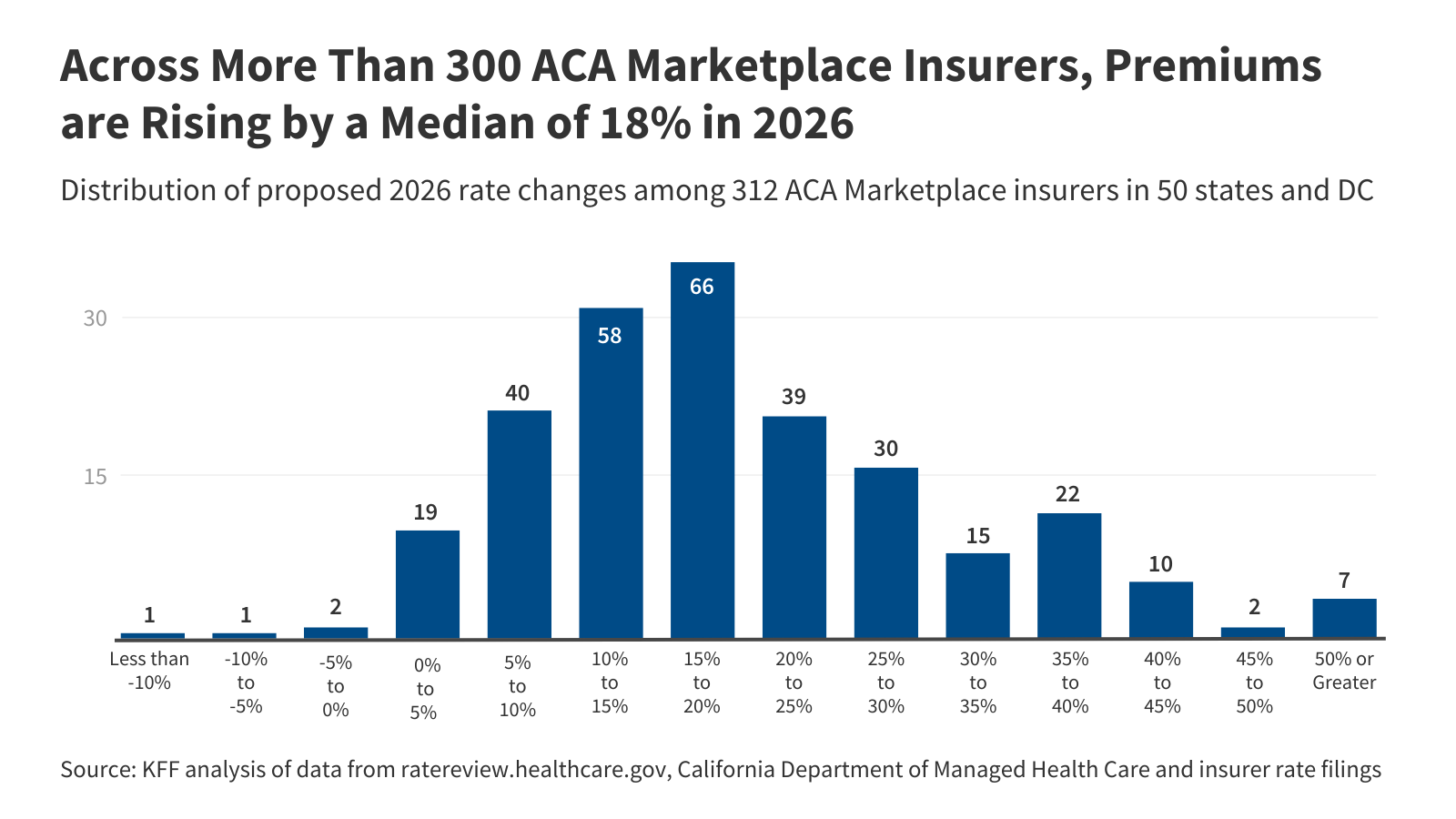
This analysis of insurers’ initial rate filings for ACA Marketplace plans in all 50 states and DC finds the median proposed increase for 2026 is 18%, more than double last year’s proposed increase.
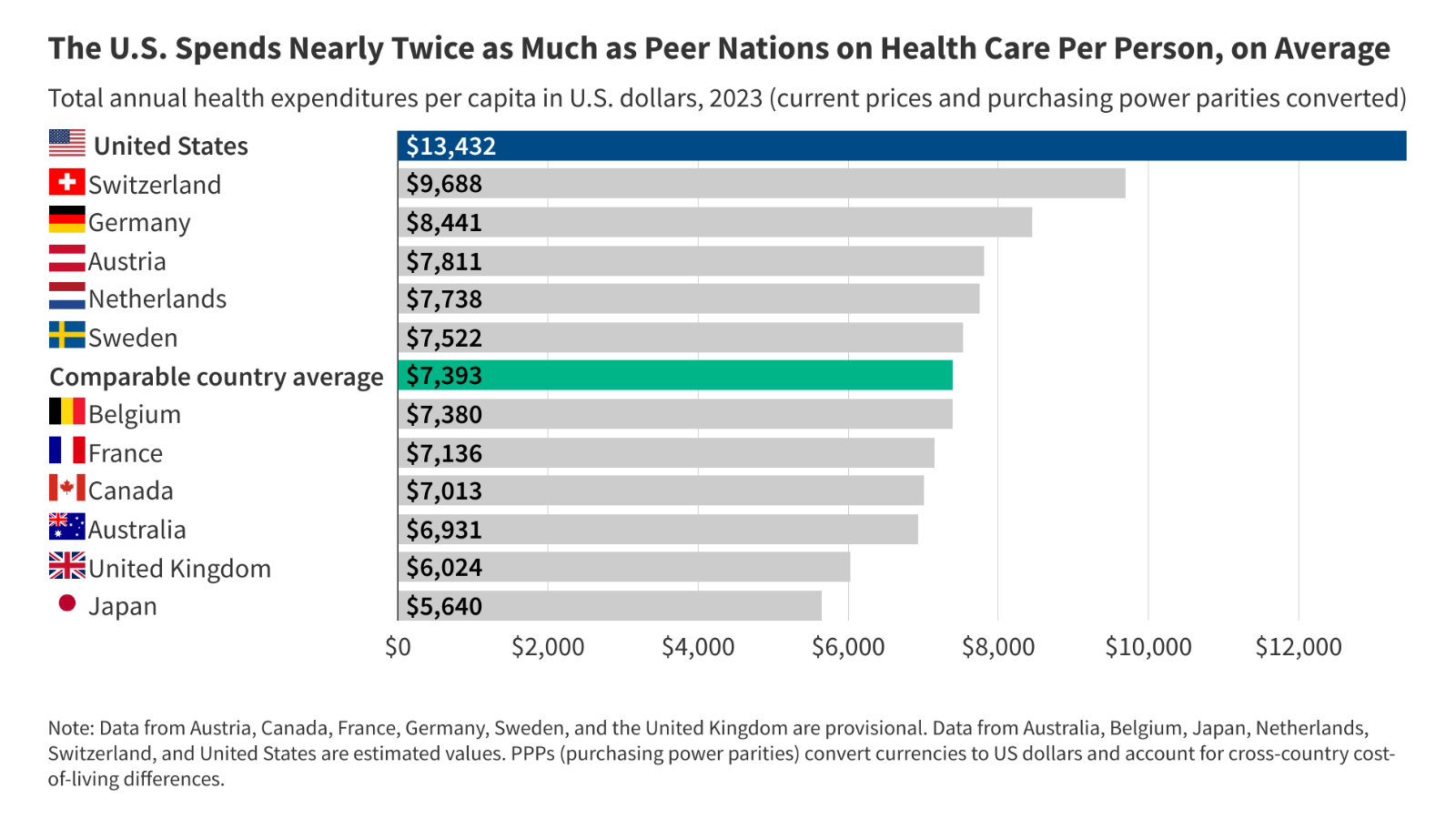
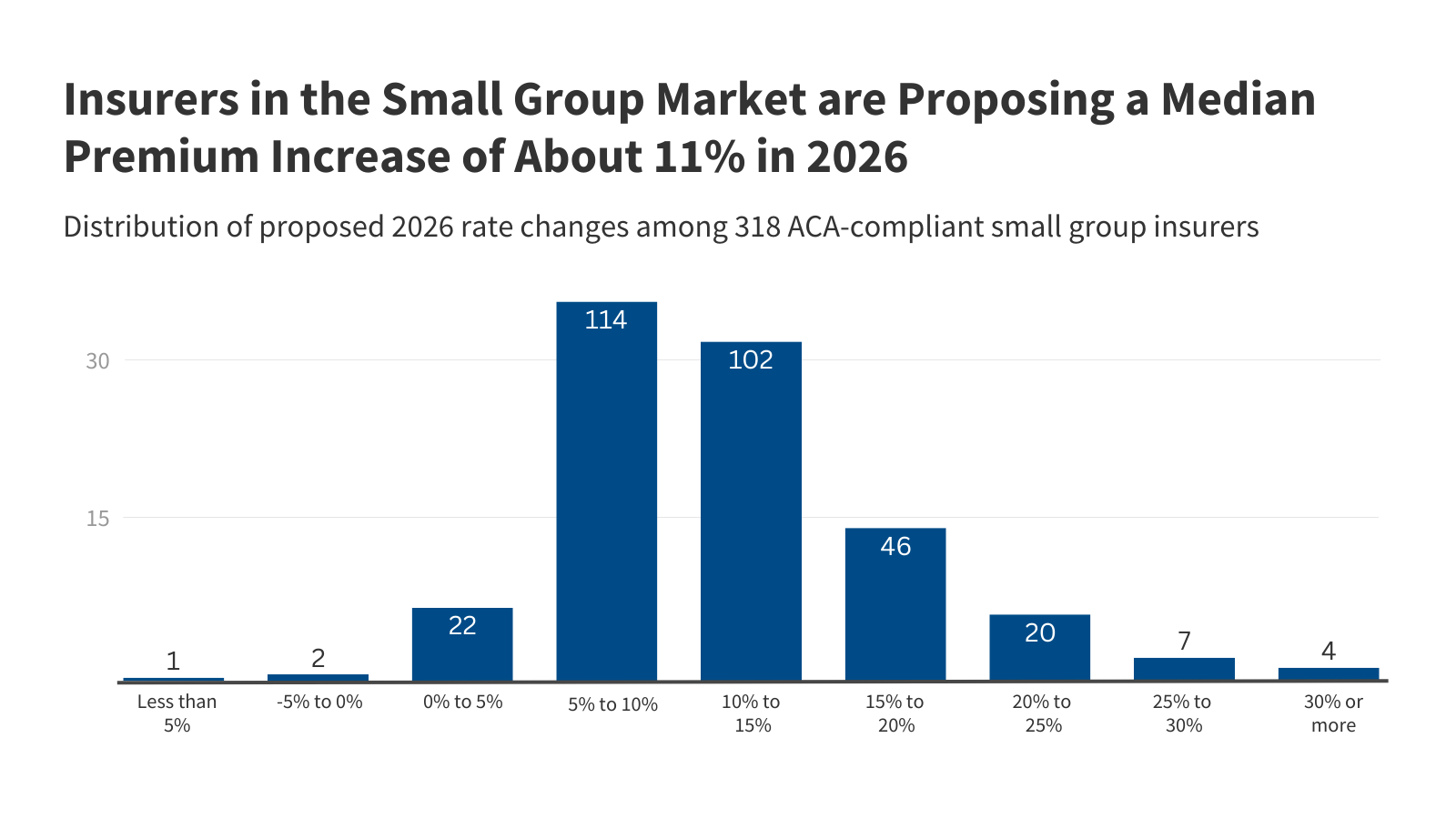
This analysis of preliminary rate filings from 318 insurers across all 50 states and DC finds that small businesses with Affordable Care Act (ACA)-compliant plans could face a median premium increase of 11% for 2026.
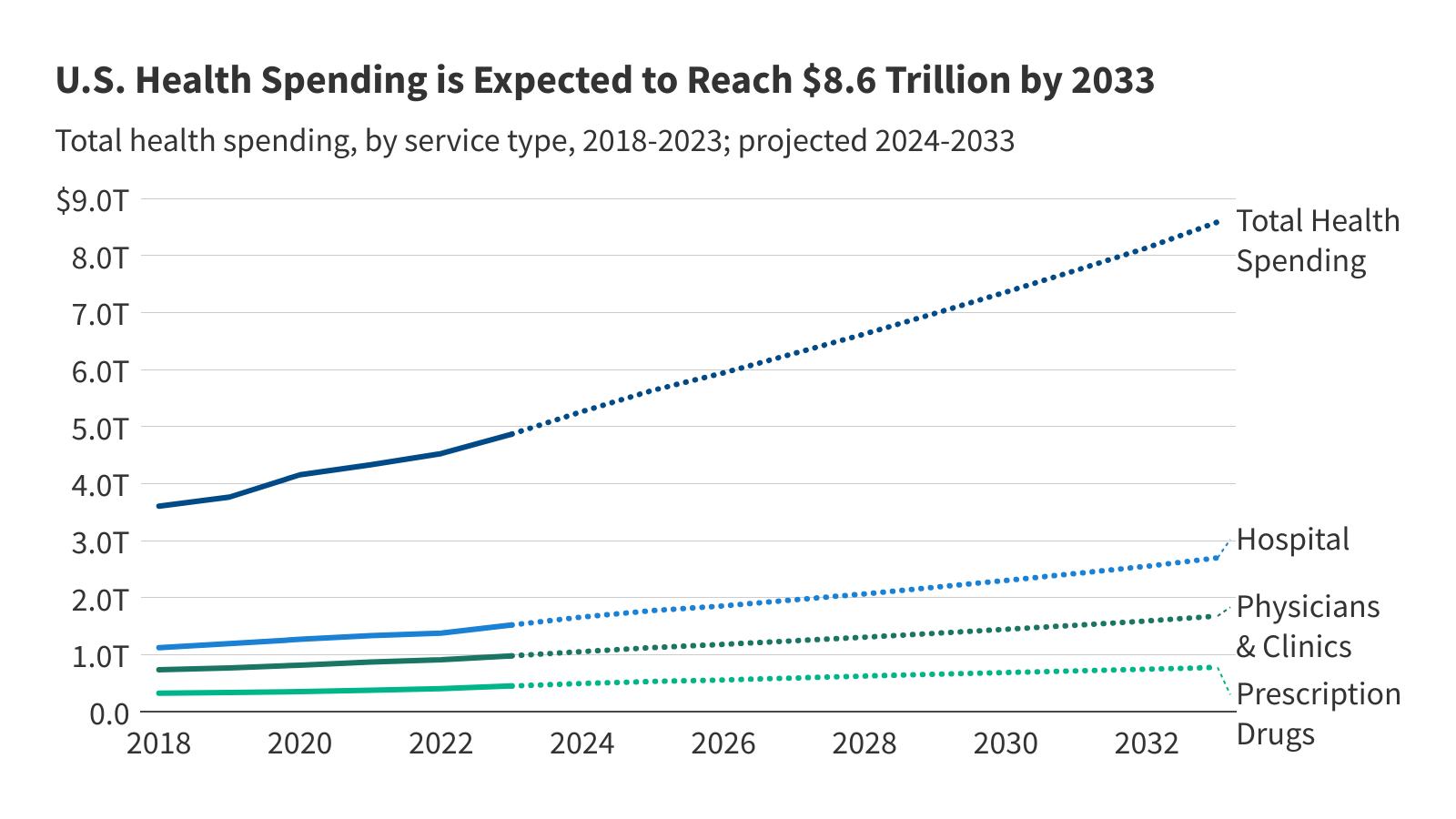
This updated chart collection explores how health spending is expected to grow in coming years, based on National Health Expenditure projections from federal actuaries. By 2033, health spending is expected to hit $8.6 trillion.
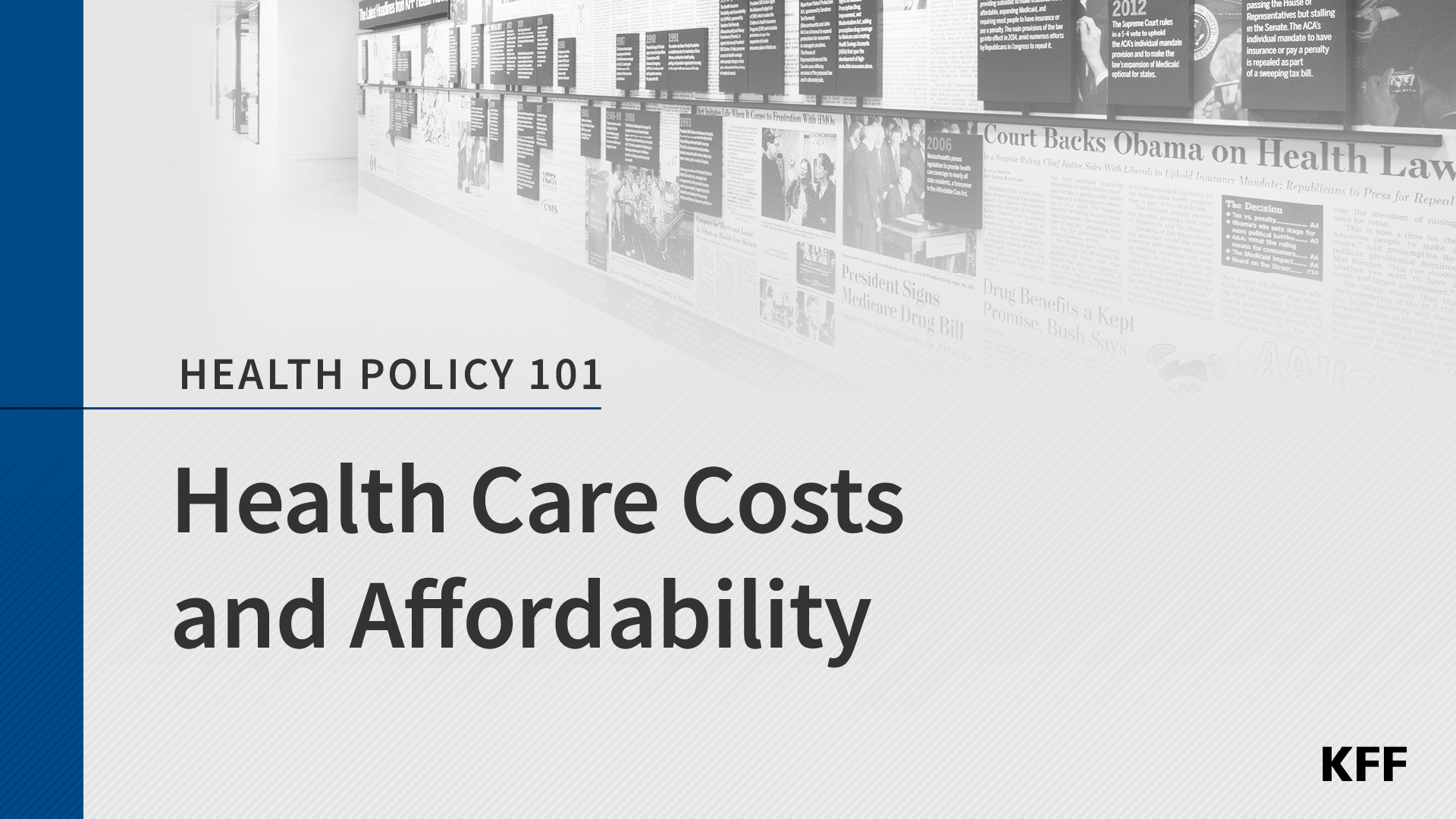
This Health Policy 101 chapter explores trends in health care costs in the U.S. and the factors that contribute to this spending. It also examines how health care spending varies and the impact on affordability and people's overall financial vulnerability.
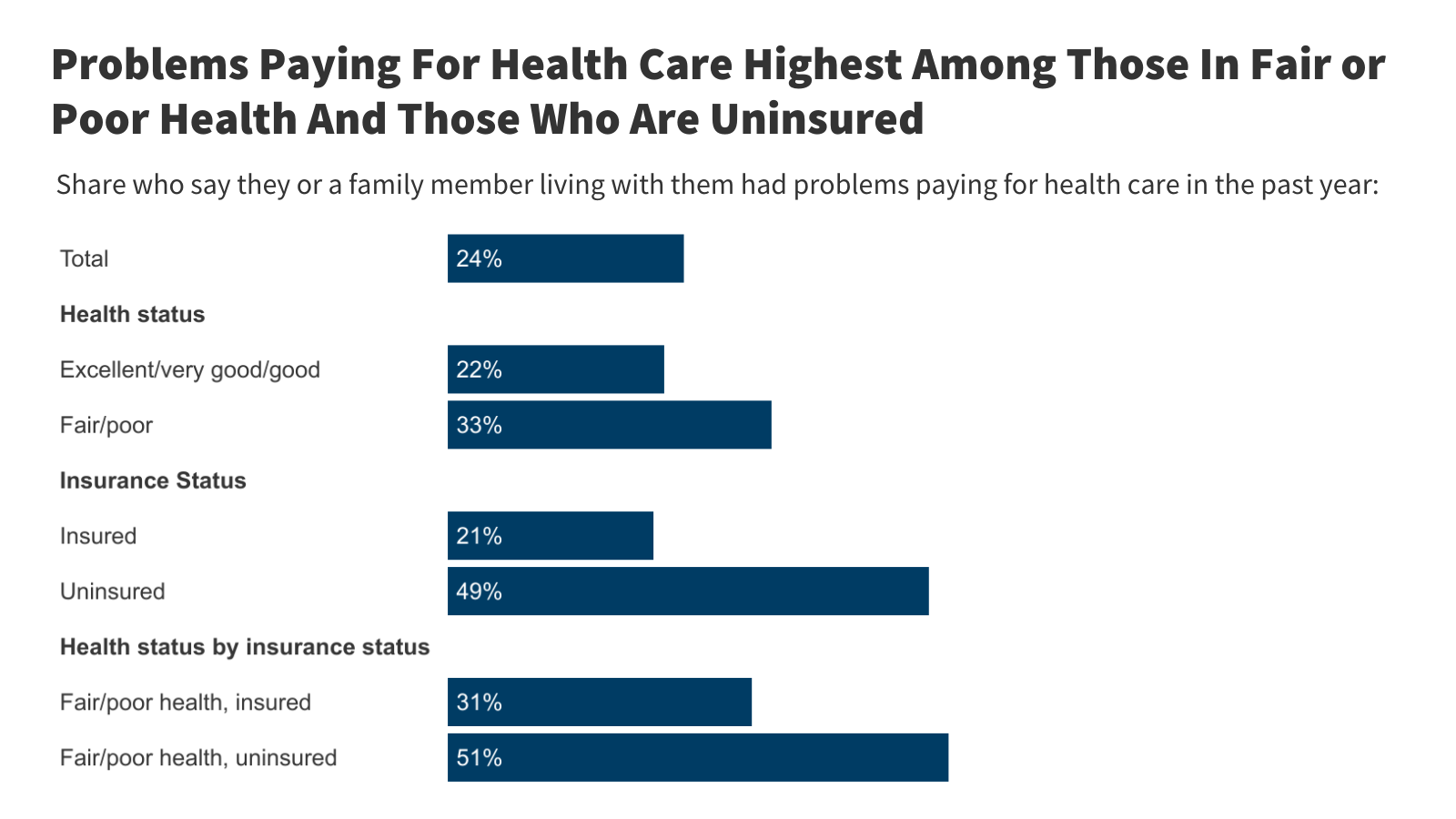
This data note reviews our recent polling data that finds that Americans struggle to afford many aspects of health care, including disproportionate shares of uninsured adults, Black and Hispanic adults and those with lower incomes.
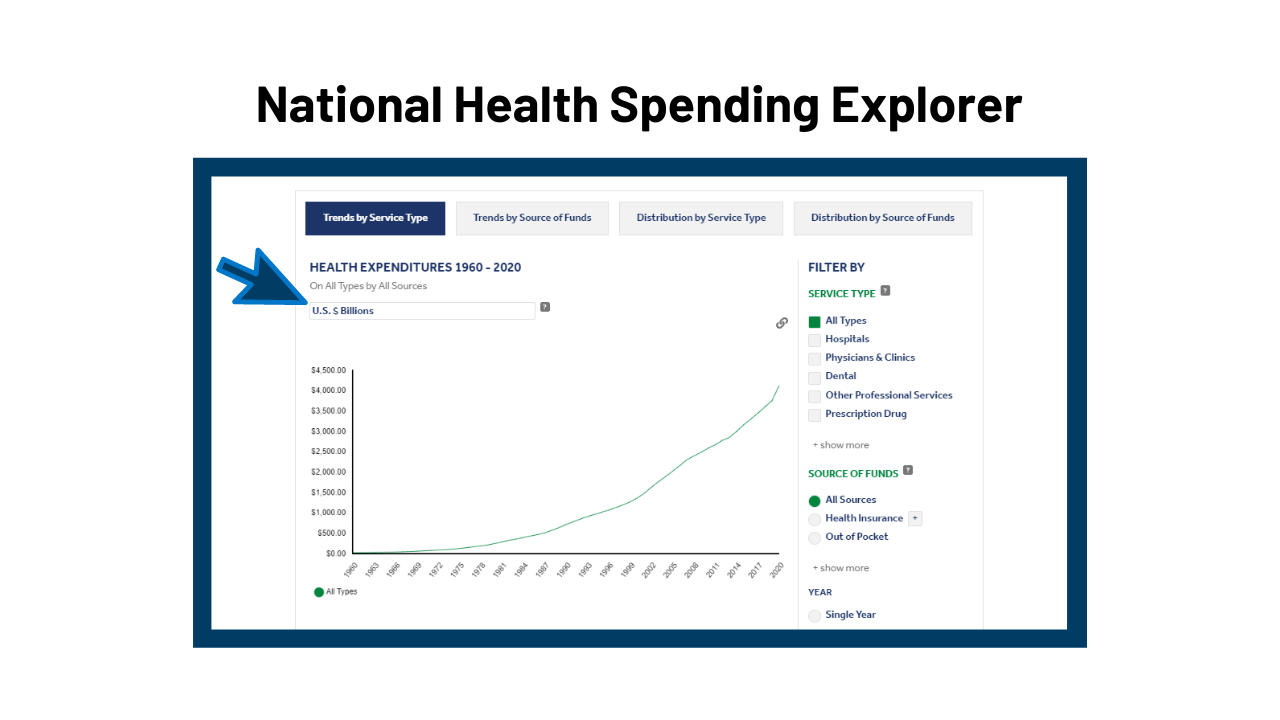
This interactive Peterson-KFF Health System Tracker tool allows users to examine five decades worth of data on health expenditures by federal and local governments, private insurers, and individuals.
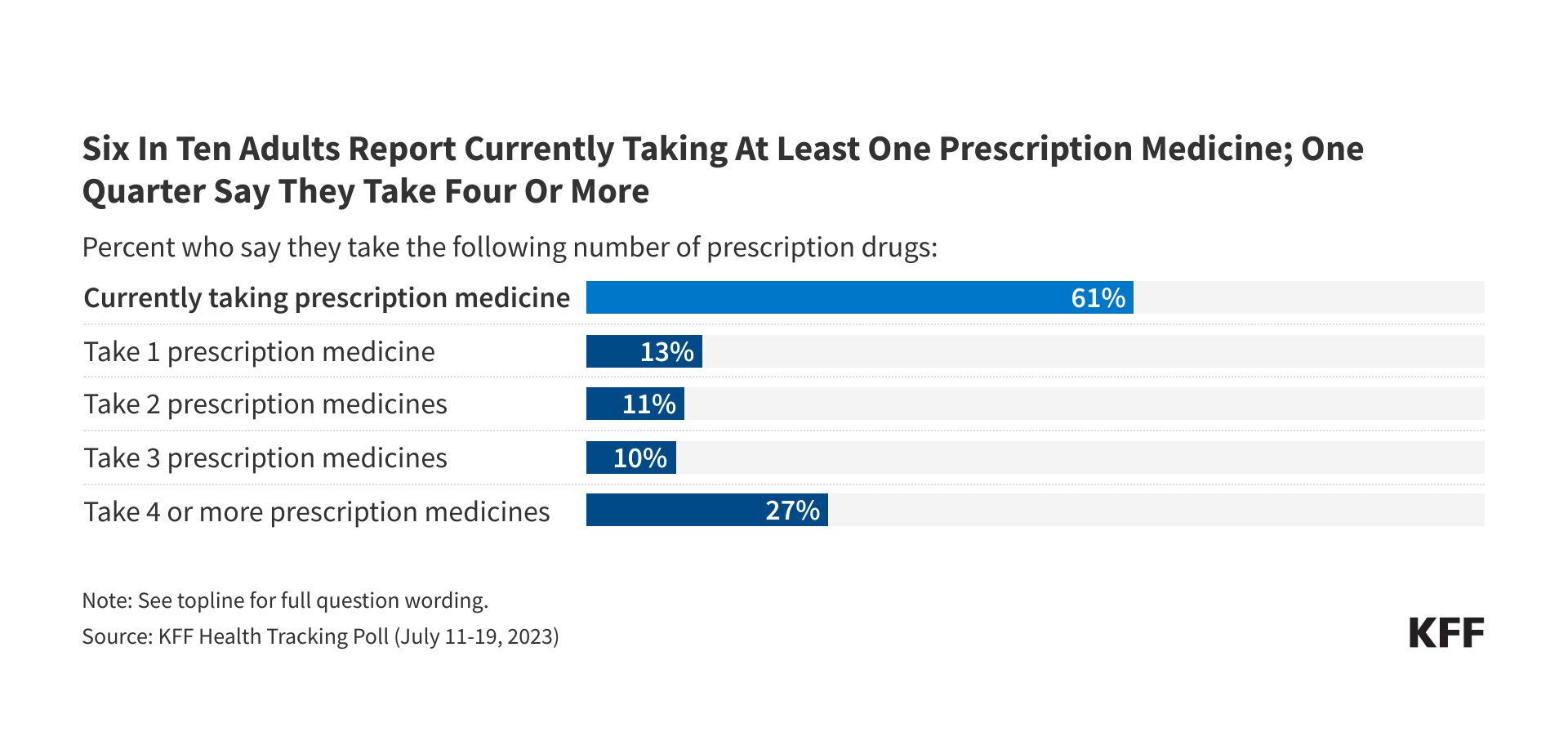
This chart collection draws on recent KFF poll findings to provide an in-depth look at the public’s attitudes toward prescription drugs and their prices. Results include Americans’ opinions on drug affordability, pharmaceutical companies, and various potential measures that could lower prices.


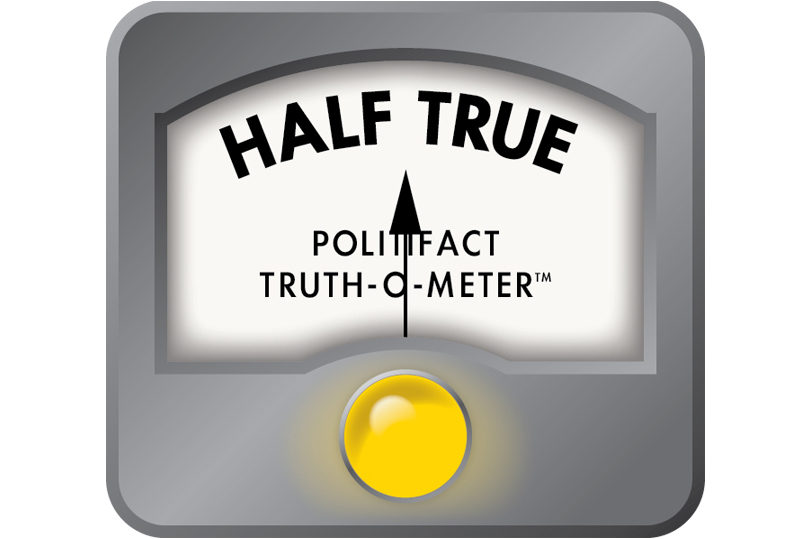

Choose which emails are best for you.
Sign up here